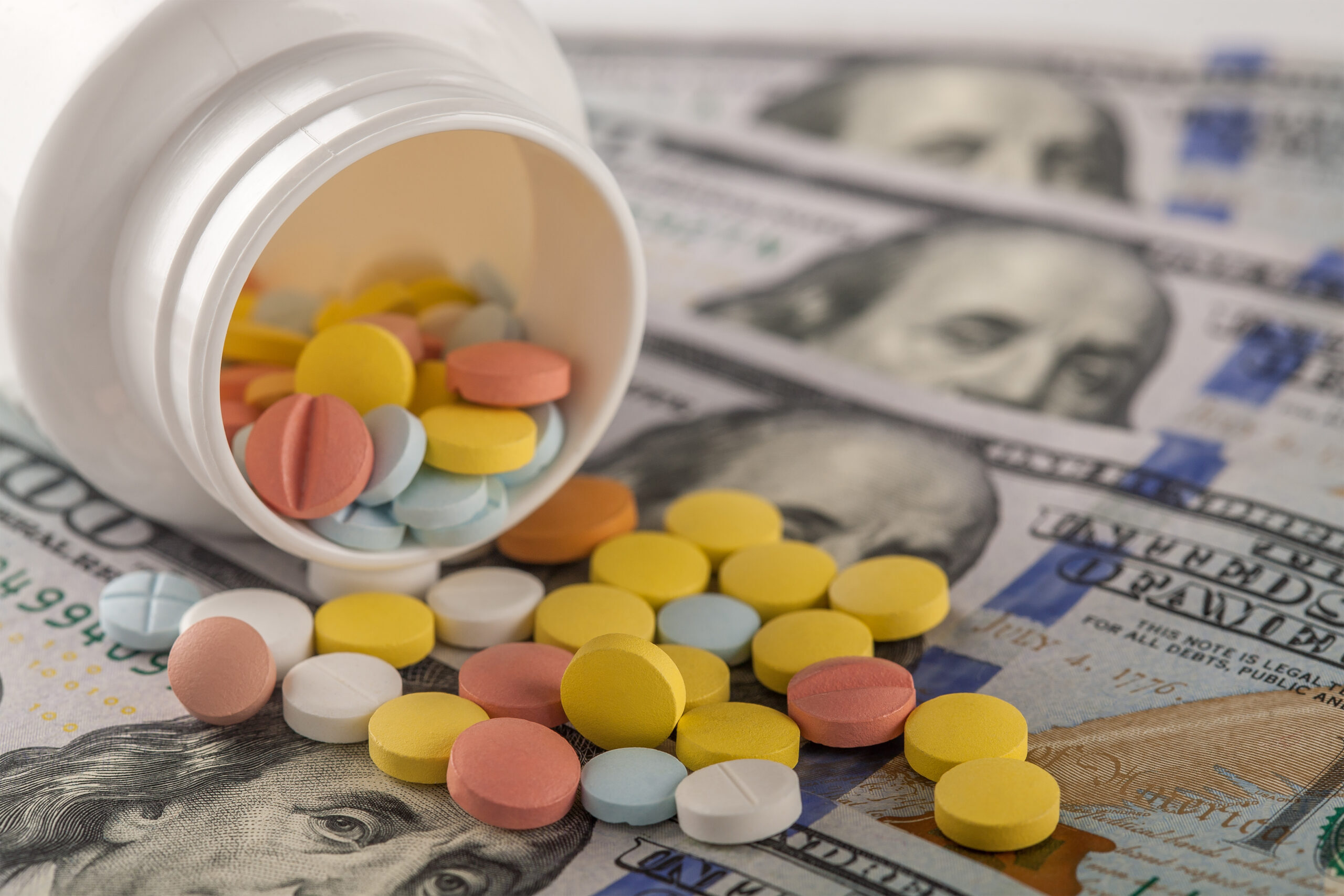© 2025 CSRXP- All Rights Reserved

DOSE OF REALITY: BRAND NAME DRUG MAKERS INCREASINGLY UTILIZING ‘USE CODES’ TO GAME PATENT SYSTEM AND BLOCK COMPETITION
Sep 30, 2024
STAT Analysis Finds Drug Makers Gaming FDA Orange Book Process to Further Undermine Competition
According to a recent analysis from STAT News, brand name drug makers are increasingly utilizing an under-the-radar tactic to game the patent system that may delay the arrival of lower-cost generic medicines. The analysis points out how drug makers have increasingly been submitting more ‘use codes,’ “which are brief descriptions of a type of patent claim” in the U.S. Food and Drug Administration’s (FDA) Orange Book. The Orange Book describes all the pharmaceutical products that have been approved by the FDA and the patents that apply to these products.
On paper, the Orange Book is meant to serve as a resource listing all the patents brand name drug manufacturers have secured for FDA approved products. However, STAT’s analysis lays out how brand name drug companies are effectively gaming the Orange Book to make it more challenging for potential competitors to introduce alternative products to brand name drugs. By submitting multiple ‘use codes’ for their patents in the Orange Book, brand name drug makers are able to make it more “difficult for a would-be generic rival to successfully battle patent litigation.”
According to the analysis, there has been a significant increase in the use of these ‘use codes’ by brand name drug makers in recent years. Between 2017 and 2024, “the total number of use codes for all patents in the Orange Book grew 35 percent, from 7,919 to 10,731,” while the “average number of use codes per drug grew from 3.17 to 9.99.” STAT’s analysis compared this data with an earlier study examining the growth of these ‘use codes.’ That study, conducted in 2023, “found that the number of use codes had grown 521 percent from 2001 to 2017, while the average number of use codes per drug climbed from 0.70 to 3.17.”
STAT’s analysis demonstrates the scale of increase in brand name drug makers utilizing these ‘use codes’ in the Orange Book in recent years.
Some of the most egregious examples in STAT’s analysis include:
- Cycloset, a type 2 diabetes treatment from brand name drug maker Veroscience, which had “116 different use codes filed 122 times over 12 patents.”
- Xarelto, a blood thinning medication from Johnson & Johnson, which had “33 use codes pertaining to just a handful of patents.”
- Imbruvica, a cancer treatment from AbbVie, which had “41 active, unique patents, but 407 use codes listed in the Orange Book.”
The use of these use codes has been highlighted as an issue before. The U.S. Government Accountability Office (GAO) noted in a March 2023 report that “use codes listed in the Orange Book do not always align with the information brand name sponsors include in other places, such as method-of-use patents or FDA approved drug labeling.” The report also noted that generic companies can “experience confusion or unnecessary delays in entering the market due to overly broad or ambiguous use codes.”
STAT columnist Ed Silverman summarizes the problem with the increase of these ‘use codes’:
“[While] Ballooning use code counts may not be the result of companies breaking any rules, [they] still present a hurdle for companies attempting to bring competing drugs to market. Adding a range of similar use codes to a drug that do not require substantial research investment but stretch out the range of claims a company can make about that drug is substantially cheaper and easier than filing new patents in pursuit of the same goal.”
Read the full analysis from STAT News HERE.
Read more on how Big Pharma’s patent abuse is the root cause of high prescription drug prices HERE.
Read more on bipartisan, market-based solutions to hold Big Pharma accountable HERE.
